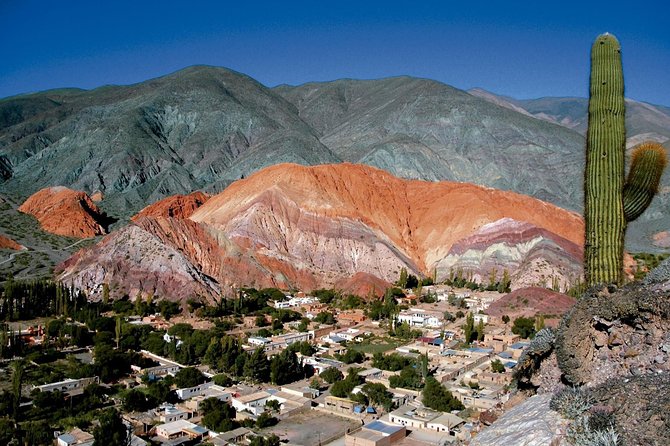
Quebrada de Humahuaca Biosphere Reserve Adventures
Quebrada de Humahuaca Biosphere Reserve is a striking valley in northwestern Argentina renowned for its dramatic multicolored mountains, rich cultural heritage, and diverse outdoor recreation opportunities.
About Quebrada de Humahuaca Biosphere Reserve

Located in the province of Jujuy, Argentina, the Quebrada de Humahuaca is a narrow mountain valley carved by the Grande River, stretching approximately 155 kilometers between the towns of La Quiaca and Volcán. The area is recognized as both a UNESCO World Heritage Site and a Biosphere Reserve due to its outstanding natural beauty, geological formations, and cultural history. The landscape features unique rock formations, vivid layered hills such as the famous Cerro de los Siete Colores (Hill of Seven Colors), and arid high-altitude desert ecosystems. This region has been continuously inhabited for over 10,000 years, with evidence of ancient indigenous cultures and Incan trade routes. Visitors can explore historic towns like Purmamarca, Tilcara, and Humahuaca, each offering traditional markets, archaeological ruins such as Pucará de Tilcara, and colonial architecture. The Quebrada provides extensive opportunities for hiking, mountain biking, bird watching, and photography. Rock climbing areas are available but less developed compared to other Argentine destinations. The area's cultural landscape is enriched by indigenous festivals and traditional agricultural practices. The climate is typically dry with significant temperature variations between day and night, supporting unique flora and fauna adapted to high-altitude conditions. Quebrada de Humahuaca appeals to travelers seeking a mix of outdoor adventure, cultural immersion, and scenic vistas.
Highlights
Cerro de los Siete Colores – a mountain famous for its vibrant multicolored rock layers
Pucará de Tilcara – an ancient pre-Incan archaeological fortification
Historic town of Humahuaca – known for colonial architecture and traditional festivals
Mirador del Hornocal – a panoramic viewpoint showcasing the ‘14 colors mountain’
Notable Natural Features
Cerro de los Siete Colores
This mountain displays distinct bands of colors resulting from different mineral compositions and sedimentary layers formed over millions of years.
Pucará de Tilcara
Archaeological ruins of a strategic defensive fortress built by the Omaguaca culture before Inca conquest.
Valle de la Luna
A unique geological area within the valley featuring moon-like rock formations and deep canyons.
